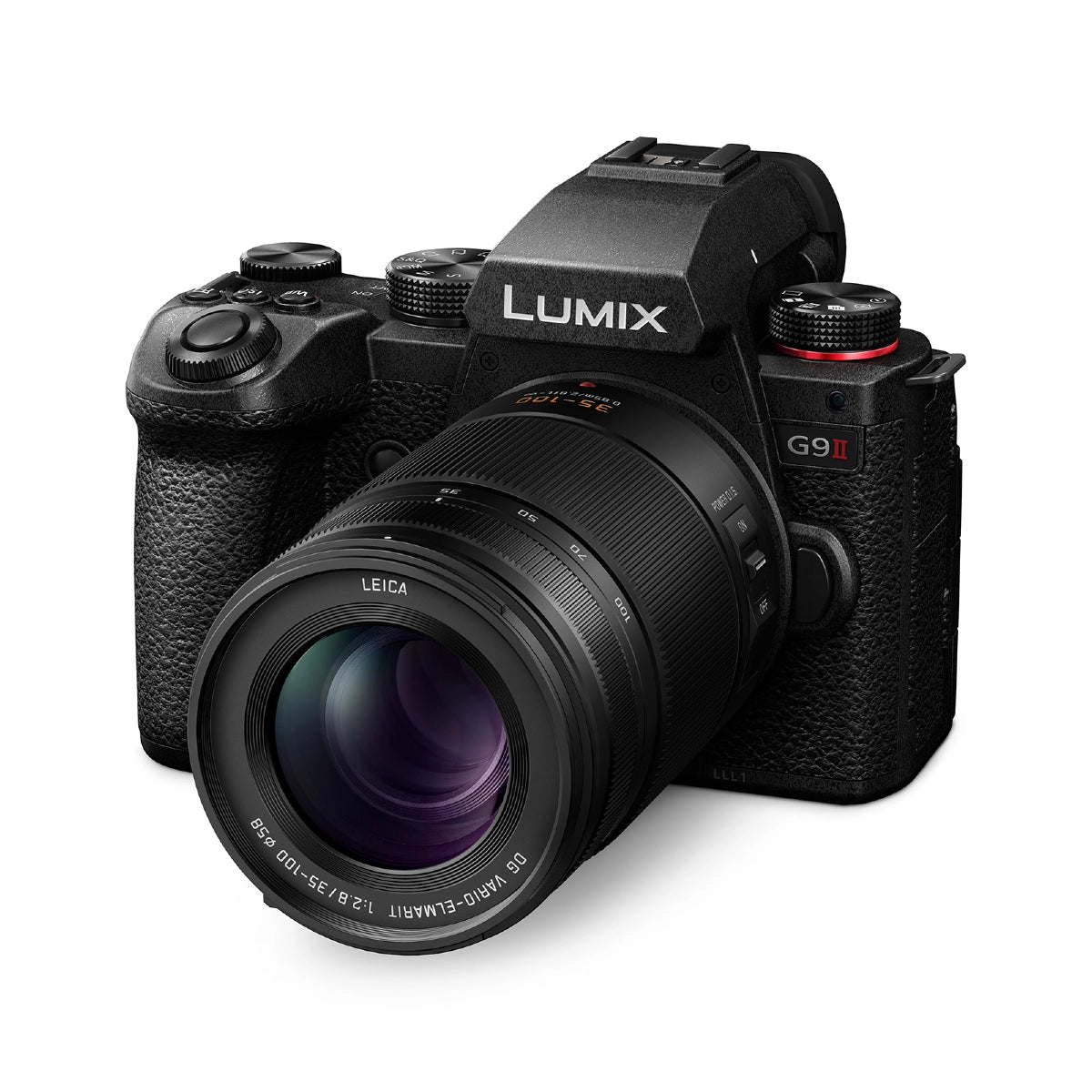Product Description
Unleash Creative Freedom with the New Large-Aperture F2.8 Telephoto Zoom Lens
Capture breathtaking images with the new LEICA DG VARIO-ELMARIT F2.8 Telephoto Zoom Lens, designed to deliver outstanding photographic performance with high mobility and full-range F2.8 brightness. Whether you’re shooting in low-light environments or creating striking portraits with stunning bokeh, this versatile lens is your ultimate tool for professional-quality results.

Full-Range F2.8 Brightness for Superior Low-Light Performance
With F2.8 brightness across the entire zoom range, from 70mm to 200mm, this lens excels in challenging lighting conditions. The large aperture not only enables stunning low-light photography but also allows for beautifully blurred backgrounds, making your subjects stand out with impressive bokeh effects. Whether you're capturing evening shots or close-up portraits, the constant F2.8 aperture provides exceptional control over depth of field, giving you the creative flexibility to make every shot count.
Advanced Optical Design for Razor-Sharp Clarity
At the heart of this telephoto zoom lens is an advanced optical structure that combines two ED (Extra-low Dispersion) lenses and one UED (Ultra Extra-Low Dispersion) lens. This sophisticated design minimizes chromatic aberrations and ensures edge-to-edge sharpness across the entire zoom range, giving you crystal-clear images with vibrant colors and exceptional detail. From close-ups to long-range shots, this lens delivers top-tier optical performance that will elevate your photography to the next level.
Nano Surface Coating for Flawless Image Quality
Say goodbye to unwanted reflections, ghosting, and flare. With Panasonic’s Nano Surface Coating technology, this lens reduces internal reflections, ensuring natural colors and clear, crisp images in any lighting situation. The addition of a light-shielding element within the lens further enhances its ability to eliminate stray light, allowing you to achieve perfectly balanced, distortion-free photographs even in difficult lighting conditions.

High-Speed, High-Precision Autofocus for Stills and Video
The Dual I.S. 2 compatibility ensures high-speed, high-precision autofocus, making this lens ideal for both photography and videography. Whether you’re capturing fast-moving subjects or shooting smooth, professional-grade videos, the fast and accurate autofocus system ensures that your subject remains sharp, even in dynamic scenes. Paired with a 5-axis stabilization system, you can shoot handheld with confidence, achieving shake-free images and stable video footage.
Lightweight and Portable for Maximum Mobility
Despite its impressive optical performance, this telephoto zoom lens is compact and lightweight, designed for photographers on the go. Whether you're shooting in the field or capturing moments at events, its portable design ensures that you can take this lens anywhere without being weighed down. Perfect for handheld photography, the lens's compact build gives you the freedom to shoot with ease while maintaining the exceptional quality you expect from a LEICA DG lens.
Key Features at a Glance:
- Full-Range F2.8 Brightness: Constant F2.8 aperture throughout the zoom range (70mm to 200mm) for low-light and creative depth-of-field control.
- Advanced Optical Structure: Incorporates two ED lenses and one UED lens for sharp, distortion-free images.
- Nano Surface Coating: Reduces ghosting and flare for crystal-clear images in challenging lighting.
- Dual I.S. 2 Compatibility: Ensures high-speed, accurate autofocus and image stabilization for both stills and video.
- Lightweight and Portable: Compact design perfect for handheld shooting and easy transport.
- Professional-Quality Bokeh: Create beautiful, defocused backgrounds that highlight your subject.

Whether you're a professional photographer or an enthusiast, the LEICA DG VARIO-ELMARIT F2.8 Telephoto Zoom Lens delivers the perfect combination of high performance, versatility, and portability. From sharp, clear images in low light to smooth, cinematic video, this lens empowers you to capture your creative vision without limits.
Elevate your photography with the ultimate telephoto zoom lens and unlock new possibilities today.
For full specifications and more details, click Here.
Payment & Security
Your payment information is processed securely. We do not store credit card details nor have access to your credit card information.






















